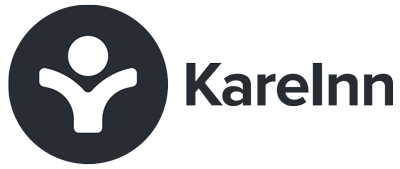Data and facts always give you a stronger negotiating position than opinion and anecdote. This matters when it comes to care funding. No care home is in a position to absorb additional care costs generated as a resident’s care needs and dependency levels increase. And yet that’s frequently what happens.
Women who enter a care home between the ages of 65-69 will live, on average, for an additional seven years. For men the figure is 6.3 years (ONS data).
Clearly their levels of dependency will change significantly during that time. Often it’s gradual. Needing a little extra help here and there comes with an additional time commitment that seems minor. And caring homes will do what needs to be done without immediately being concerned about who pays.
Small Additional Needs Add Up
But all of those additional needs add up. Over the course of a few months or years an individual’s care needs can change substantially. Yet making the case for additional money from the local authority or other funding body can often been be difficult and time consuming.
The KareInn Dependency tool needs very little effort. It tracks the dependency levels of individual residents across four core plans:
- Continence
- Eating, drinking and weight
- Personal hygiene
- Mobility
The tool automatically allocates the number of staff and care hours needed to meet the assessed dependency level, which can be overwritten to suit individual cases.
These hours are added to the base care hours along with any additional time needed for extended care. The graphical representation of actual care hours delivered and dependency levels illustrates how these change over time.
In addition to this, the PCS Safe Staffing tool can quickly and accurately identify the specific needs of each individual resident and convert these needs into the necessary time and skills required to meet them. Through metrics on the PCS Safe Staffing tool dashboard, the number of hours required to provide good levels of care based on the needs of residents is compared to the number of actual hours available in terms of staffing. The dashboard, which includes metrics such as hours required vs actual hours, skilled hours required vs actual skilled hours, occupancy percentages, day and night ratios and more, provides a full picture of the dependency needs of residents; it gives care settings a true sense of the hours and skill levels required to meet the needs of those they care for. Not only this, but as resident needs change, it is an invaluable tool in quantifying the amount of time needed, and can therefore be used to negotiate higher fees or justify staffing levels – whether that’s more staff being needed or fewer.
Mind The Funding Gap
Gaps between dependency, care delivery and funding are clear and undeniable. They can be acted upon quickly before you end up delivering a large number of unfunded care hours.
Our tools also help with effective resource planning and demonstrate how your service is staffed in compliance with the CQC requirements.
Get in touch to find out more.



